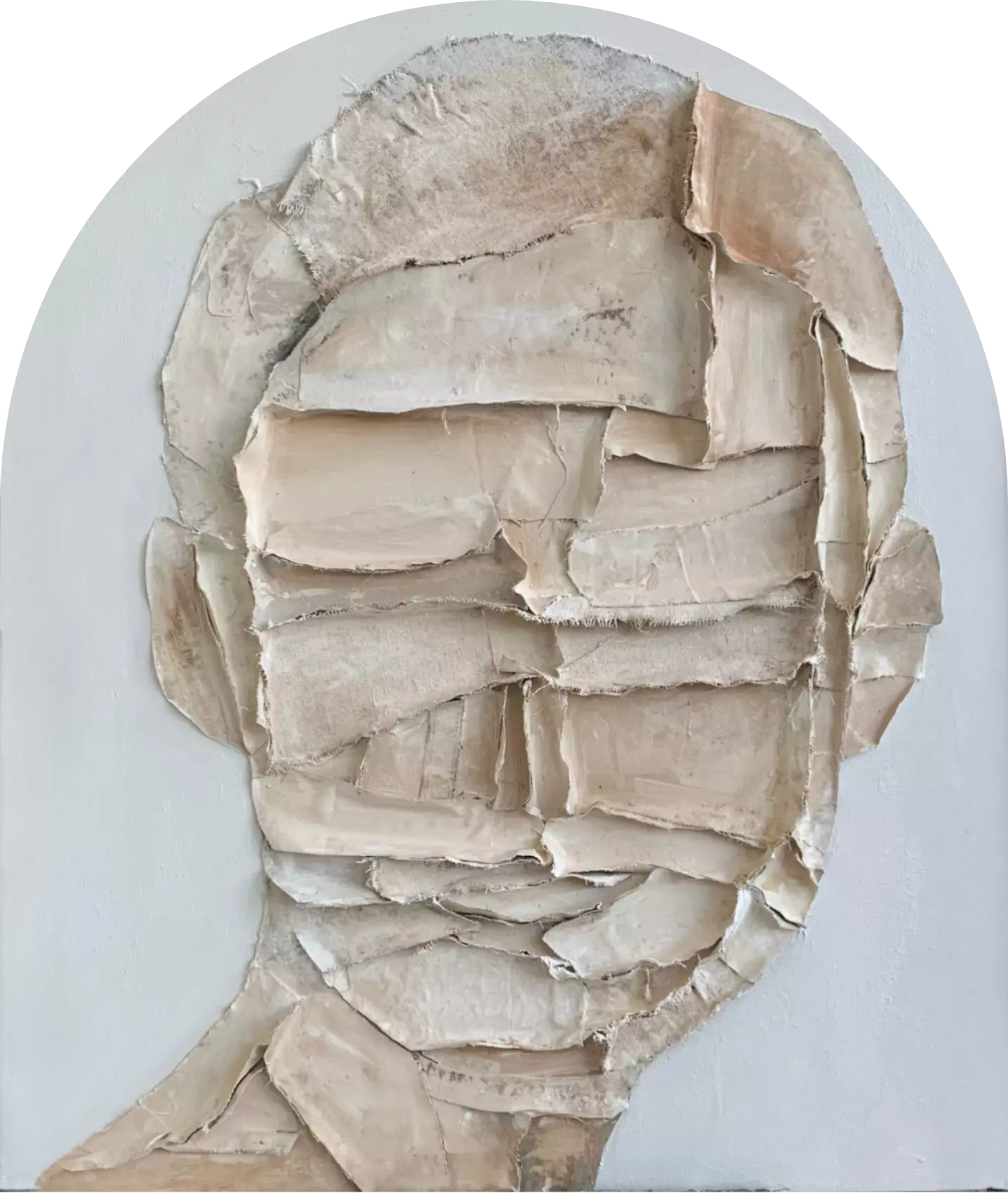Blog Detail
31-Jul-2019
THE CHANGING FACE OF AESTHETIC MEDICINE

Aesthetics is the fastest growing and changing the field of modern-day medicine and I consider it to be the ‘new generation’ or ‘younger brother’ of plastic surgery!
Aesthetic medicine comprises a range of surgical and non-surgical procedures, performed with either topical or local anaesthesia. These treatments are designed to restore, enhance or modify the appearance, anatomy or physiology of the cutaneous or subcutaneous tissues or associated structures. We use techniques which combine aesthetic considerations with the treatment or prevention of diseases, disorders or conditions in the promotion of physical and mental health of patients.
The purpose of aesthetic medicine is to help achieve patients’ satisfaction, based on their requirements and expectations, after a thorough and detailed consultation. Their expectations are usually related to their appearance and a desire to restore self-esteem and/or improve quality of life and wellbeing.
With the exception of botulinum toxin (Botox), which is a prescription-only medication, there is currently little enforcement of regulation of non-surgical aesthetic procedures. Over the next few years I expect – and hope – there to be a notable increase in the amount of regulation there is within the industry. I believe that there will be new frameworks implemented which will make it very difficult for non-clinicians to reach standards required to carry out any aesthetic procedures. This can only be good for our
Industry and good for the patient.
The British College of Aesthetic Medicine (BCAM) is an organisation representing doctors within the aesthetic industry. BCAM has already agreed to start work on the development of membership examination which will, hopefully, become a credentialed specialist qualification for medical doctors. I also expect there to be increased public awareness of safety standards and people will be researching before seeking treatments from only those who are trained, medical practitioners.
The medical aesthetic market has now shifted dramatically and the statistics available suggest that non-surgical procedures are on the up and fewer patients are seeking surgery. One school of thought from many practitioners is that one of the reasons why people are less likely to undergo surgery may possibly be because the market is becoming more sophisticated, and patients are being more thoughtful, cautious and educated in their approach to surgery.
Many of my own patients have conveyed the message to me that they simply do not have time to recover from surgery as they lead very busy lives. They just do not have the time to take out of their hectic schedules to spend recovering from an operation. I also often hear how patients want to delay surgery for as long as possible or avoid it completely if they can, and are more aware of the risks involved in ‘going under the knife’.
These days we are certainly able to create results, which are both dramatic and natural, using non-surgical techniques. It’s like the “facelift but better”! I find my patients are now looking for more regenerative styles of treatments, those which renew collagen and target the signs of ageing, so we are looking at the root cause of the problem and finding the solutions e.g. PDO threads or HIFU (ultrasound technology).
I also see far more men seeking aesthetic treatments, as well as younger adults, coming in for preventative treatments asking me to stop their face falling apart before it actually falls apart!
I have a real love for what I do. I am encouraged by the signs that show people are now more informed about the anti-ageing or reconstructive help they can get from non-surgical procedures. There are many excellent journalists doing in-depth research about the treatments, and the products used in those treatments so that they can advise their readers accordingly. They are also helping to raise awareness of the need for the industry to be better regulated and therefore safer for all.
The future of aesthetic medicine looks very exciting indeed, promising new and innovative treatments for all.




